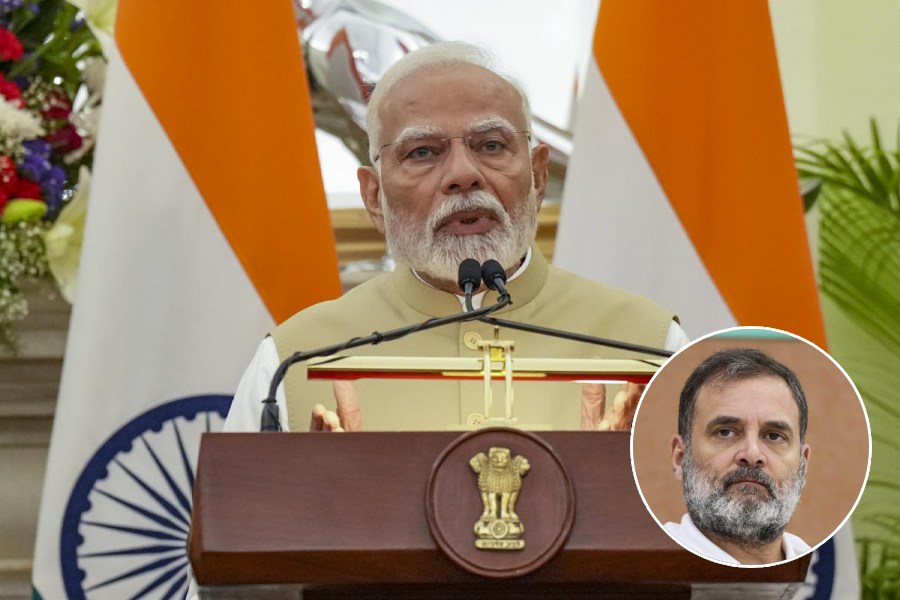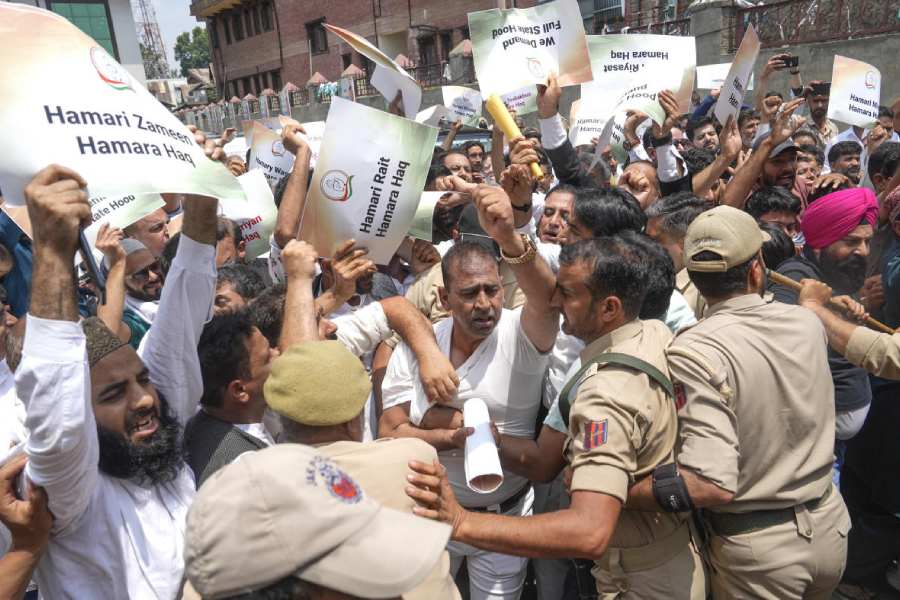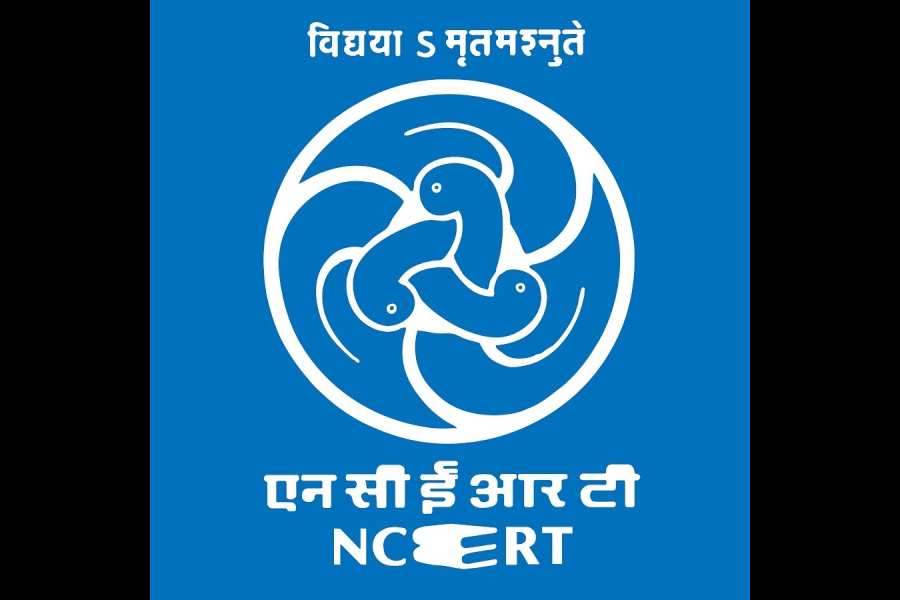
The building housing the defunct incinerator at IGIMS. Picture by Ashok Sinha
The Danapur sub-divisional hospital generates around 1.5kg of bio-medical waste everyday but it is not treated these days. Reason: The incinerator at Indira Gandhi Institute of Medical Sciences has developed problems.
Like Danapur, government hospitals in 17 districts, including Patna, Ara and Buxar, depend on IGIMS's incinerator. But with the machine now defunct, bio-medical waste at the hospitals lies untreated outside their premises.
Bio-medical waste includes used syringes, bandages and bottles among other things. Exposure to these can cause serious health hazards, including cancer. Incinerators help burn the waste in an environment-friendly manner.
IGIMS medical superintendent S.K. Shahi told The Telegraph the incinerator's chimney developed a problem around a month ago. 'The machine is around 15 years old and was treating more than its capacity of waste. That is why the problem. However, even in this situation, we have been able to treat our bio-medical waste. The private firm that maintains the incinerator is treating bio-medical waste at its other plant (another incinerator in Muzaffarpur district). We are not facing problems , but are unable to treat bio-medical waste from other government and private hospitals.'
He said 7-8 tonnes of bio-medical waste was treated daily at IGIMS when the incinerator worked. Of the said quantity, just IGIMS generated 150kg.
Shailendra Kumar Gupta, deputy superintendent, Sub-divisional Hospital, Danapur, admitted there was a problem.
'Proper treatment of bio-medical waste is paramount. Only big government hospitals have the incinerators. Other government hospitals are dependent on them . The state should start more incinerators on public-private partnership mode,' said Sunil Kumar Singh, vice-president, Indian Medical Association, and also on the body of governors of IGIMS. IMA member Rajiv Ranjan Prasad said: 'Government hospitals alone cannot treat bio-medical waste.'










